I'm from math.stackexchange and I wanted to know the name of an operation on multiple variables. I thgouth what I wanted was the XOR gate, but this is not the case. When I looked on this site I noticed the XOR truth table was this:
\begin{matrix} FFF & 0 \\ FFT & 1 \\ FTF & 1 \\ FTT & 0 \\ TFF & 1 \\ TFT & 0 \\ TTF & 0 \\ TTT & 1 \end{matrix} I would have excpeted, and what I'm after is, this \begin{matrix} FFF & 0 \\ FFT & 1 \\ FTF & 1 \\ FTT & 0 \\ TFF & 1 \\ TFT & 0 \\ TTF & 0 \\ TTT & 0 \end{matrix}
Is there a name for this second table as that is what I would like to use and I would like to stick to convention. Thanks in advance, Ben
